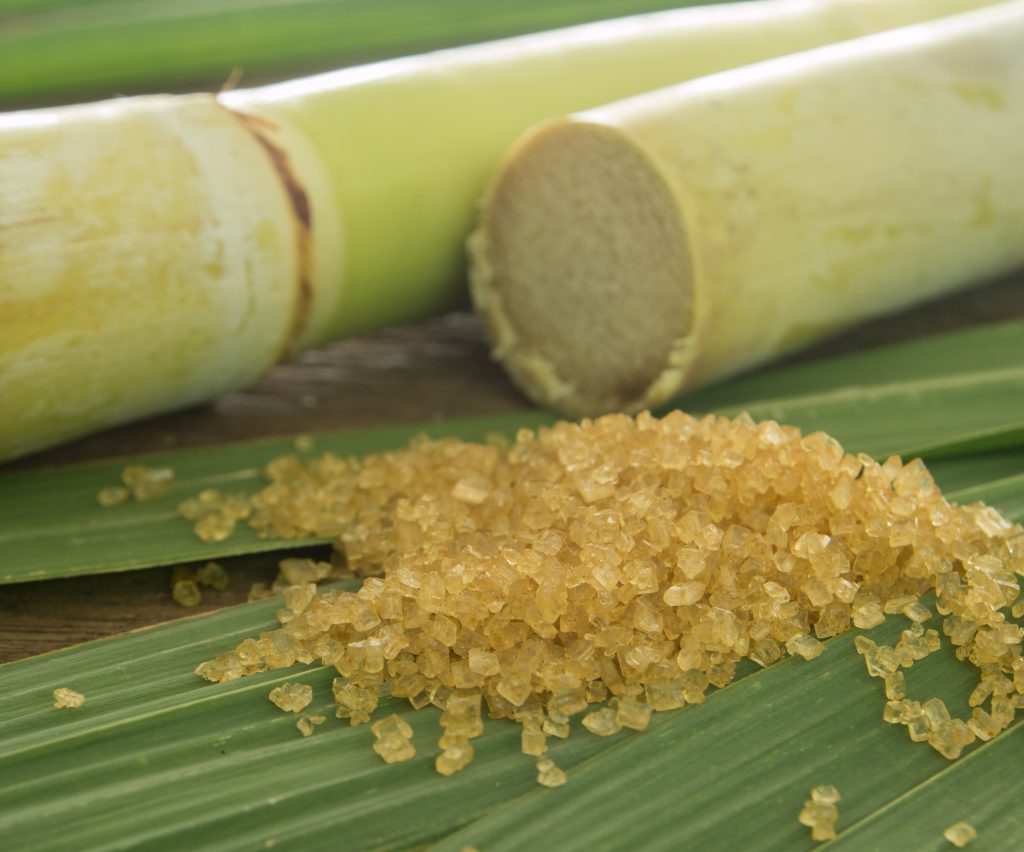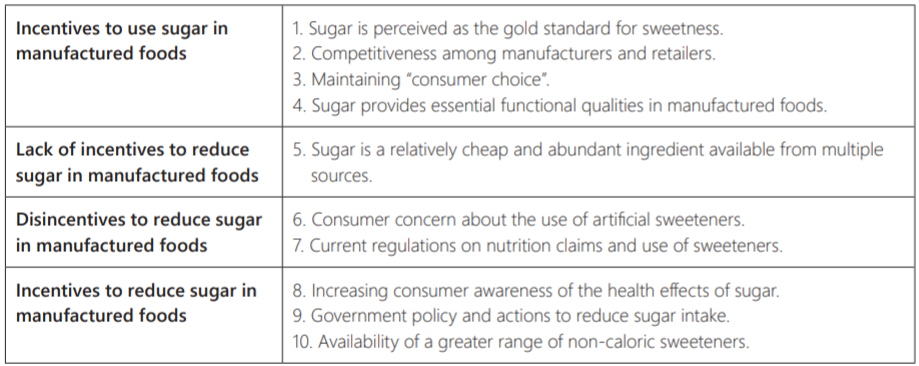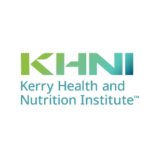Numerous countries across the globe have initiated actions to reduce sugar intake, including reformulation, targeted taxation, front-of-pack labeling, and more. Initiatives to reduce sugar content of foods can be dependent on the supply chain being able to support such changes.

The World Health Organization recently undertook a novel food supply chain analysis to identify possible incentives and disincentives throughout the supply chain for sugar reduction. For sugar, the supply chain can include production of crop (sugar cane or beet), trade of raw or refined sugar, processing, adding the processed sugar to food or drink in manufacturing, and finally the sale of those foods or drinks.
The questions they attempted to find answers for are:
• What are the incentives and disincentives for industry to reduce the amount of sugar in manufactured food and drink products?
• At what point along the supply chain do these incentives and disincentives operate?
• Are there opportunities to effectively enhance the incentives and/or lessen the disincentives for reducing sugar?
The findings showed that there are areas where the supply chain supports sugar reduction, but also many barriers. There are many incentives to use sugar in foods and beverages, making it challenging to find alternatives or reduce total levels of sugar in products.

These findings were used to create some preliminary insights from WHO on steps forward for reducing sugar, both at policy and manufacturer levels. These insights include:
- Disincentives for including added sugar in foods and beverages via policy (e.g. listing ‘added sugar’ to nutrition labels)
- Avoiding unintended consequences of sugar reduction – what is it replaced with? For example, if fat is added back, is the product higher in calories than the original higher-sugar version?
- Maintaining freshness and safety due to the functional role of sugar in foods and beverages
These considerations, as well as the rest outlined in the report, are critical when formulating sugar-reduced foods and designing policy to improve nutrition of the food supply.

 We bring the voice of science to some of the most challenging questions facing the food and beverage industry day to day through our network of over 1000 Kerry scientists, external collaborators, and our Scientific Advisory Council. Our content comes straight from scientists and experts in nutrition, taste, food, and sensory sciences to make sure we are providing up-to-date, credible information to guide people shaping the future of food.
We bring the voice of science to some of the most challenging questions facing the food and beverage industry day to day through our network of over 1000 Kerry scientists, external collaborators, and our Scientific Advisory Council. Our content comes straight from scientists and experts in nutrition, taste, food, and sensory sciences to make sure we are providing up-to-date, credible information to guide people shaping the future of food. 

